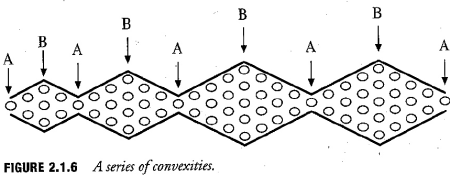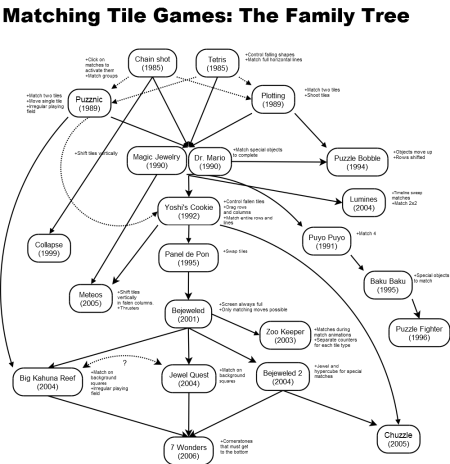If you’ve followed this blog, you will know that I obsess a bit over being called a “formalist”. (Digra 2005, matching tile games.)
As a one-liner, formalism is probably supposed to mean privileging the formal properties of the medium over user experiences, contexts, cultural codes, and so on. (I.e. just thinking about the rules, but refusing to discuss players.)
But I really experience it as simple name-calling: Being a “formalist” is 100% wrong, and you are a formalist.
I had just about forgotten the history of anti-formalism, but I stumbled across this article on Soviet composer Shostakovich. Basically, in 1948 Stalin struck down on “formalist” composers (those without much melody) in favor of “socialist realist” composition:
Khrennikov reported that people “all over the USSR” had “voted unanimously” to condemn the so-called formalists and let it be known that those named in the decree were now officially regarded as little better than traitors: “Enough of these pseudo-philosophic symphonies! Armed with clear party directives, we will stop all manifestations of formalism and decadence.”
This is not to say that any criticism of formalism is “Stalinist” nor to say that I am a persecuted Soviet composer, just that it is always a good thing to think about the historical roots of your theories.


